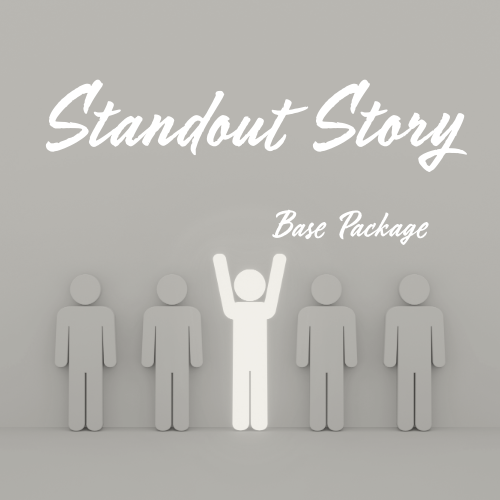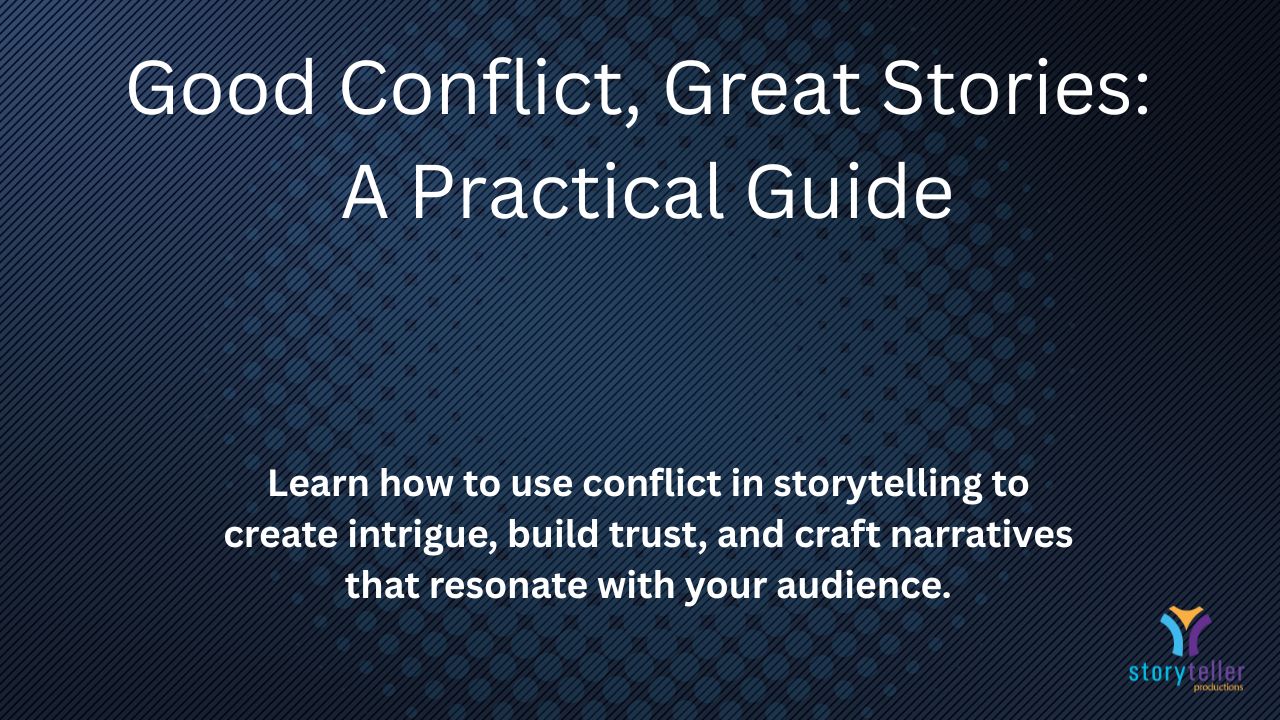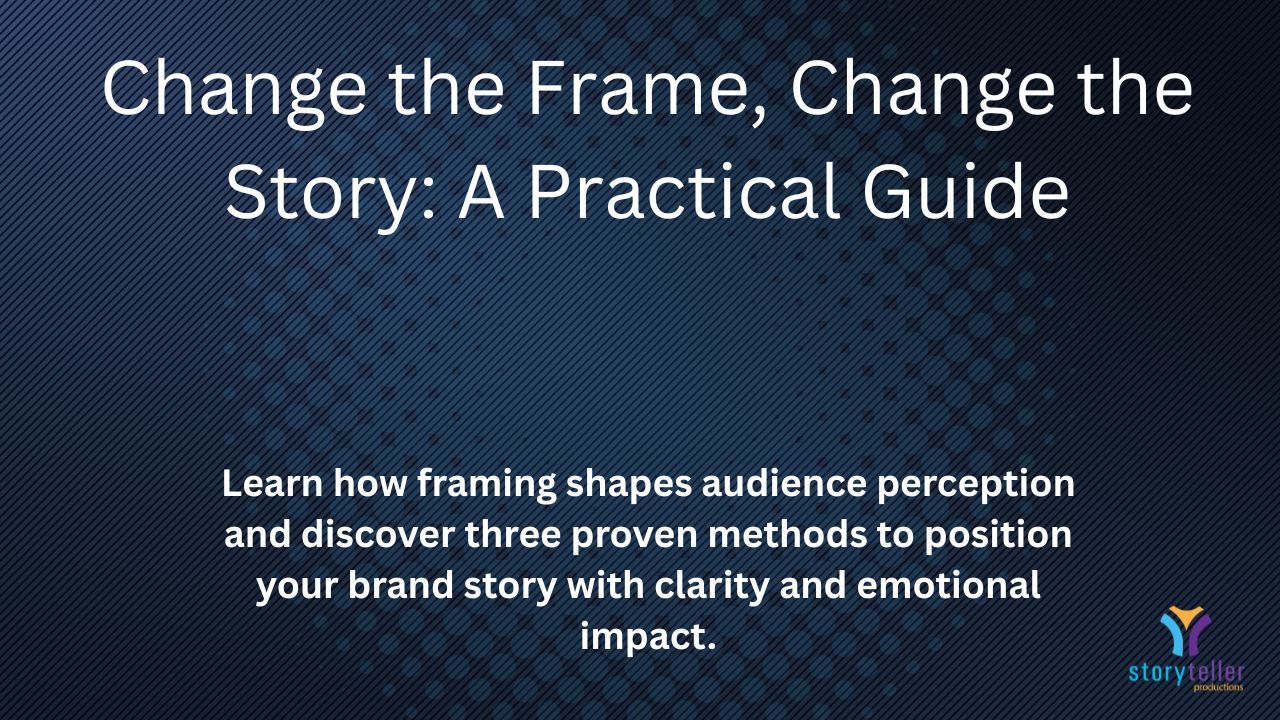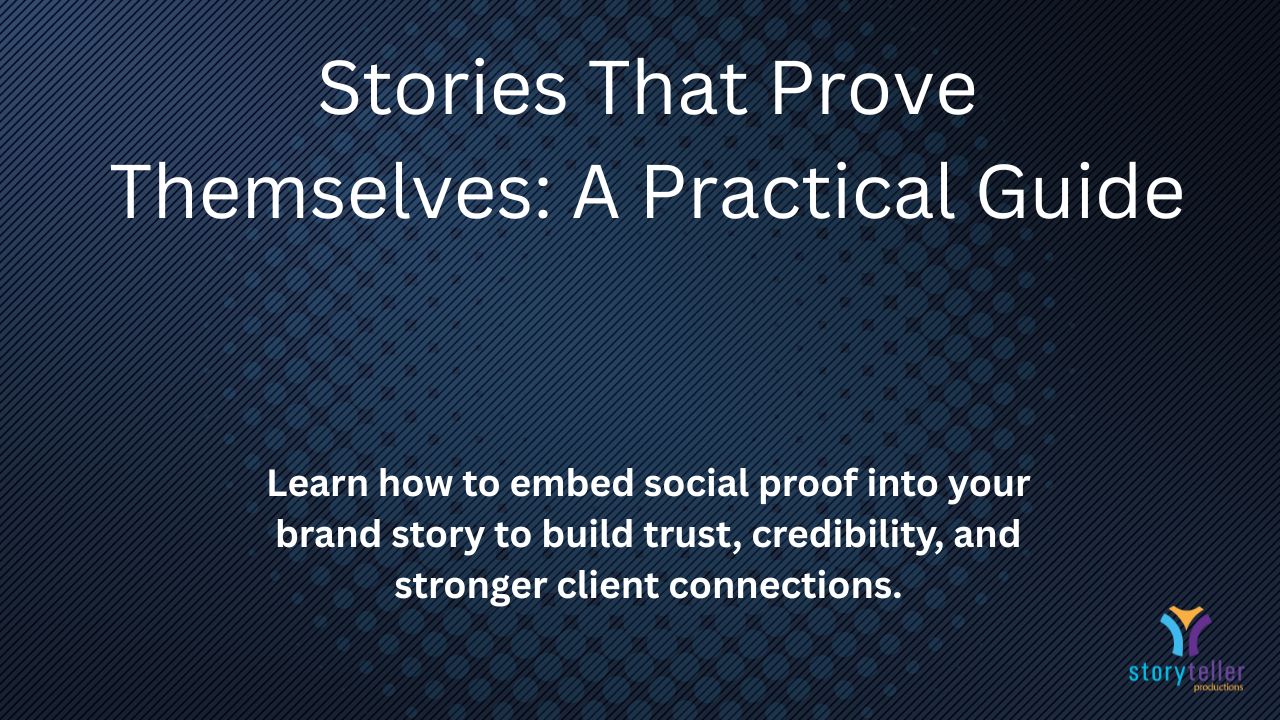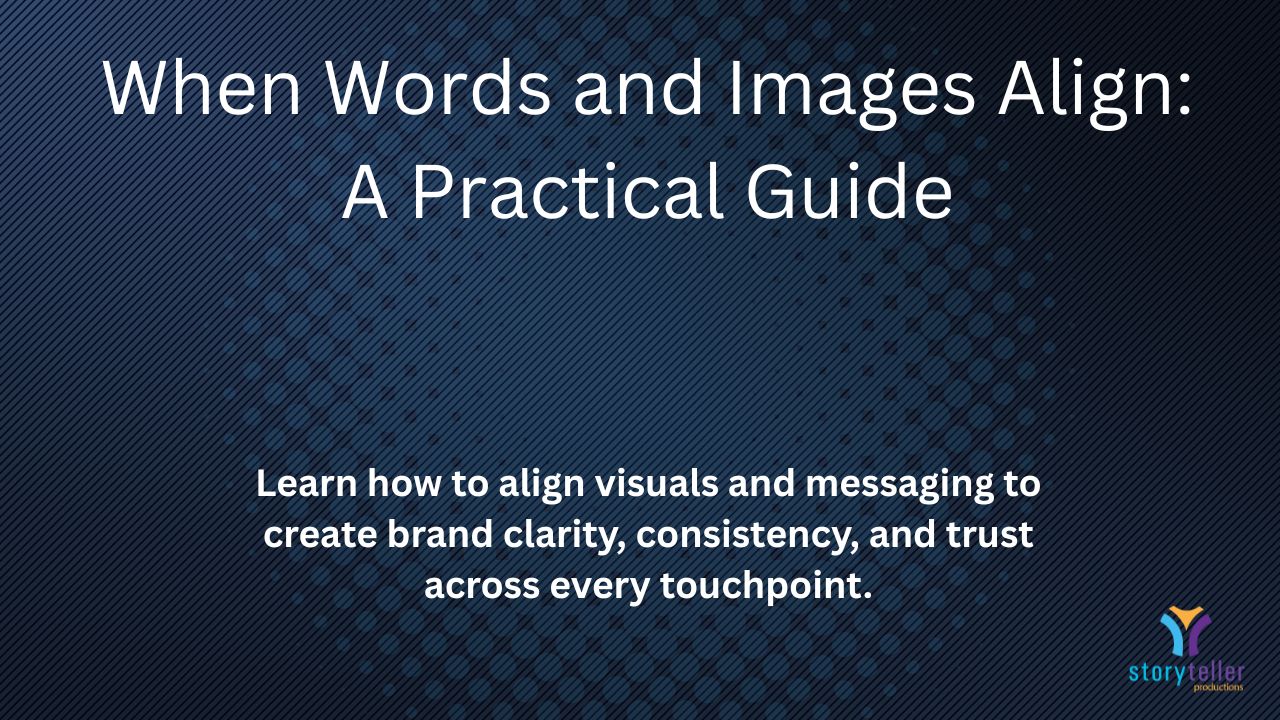Ads People Want to Watch: A Practical Guide
Here’s the truth: most ads fail because they feel like… ads.
They shout about features. They cram in discounts. They slap a logo on the screen in the first three seconds. And then they wonder why viewers skip.
The ads people actually want to watch—the ones they remember, share, and act on—don’t feel like interruptions. They feel like stories.
Storytelling transforms “just another ad” into something worth watching. It entertains, it inspires, and yes—it sells.
Why Storytelling Ads Work
Every ad is fighting for the same thing: attention. But attention doesn’t come from shouting louder. It comes from telling a story people care about.
Here’s why stories beat sales pitches:
- Emotional connection → People don’t remember features. They remember how something made them feel.
Example: Budweiser’s Super Bowl “Puppy Love” commercial made millions tear up—not by showing beer, but by telling a story of friendship and loyalty. - Relatable characters → We lean in when we see ourselves reflected.
Example: Always’ #LikeAGirl campaign showed real girls challenging stereotypes, sparking a national conversation about confidence. - Narrative arc → Even a 30-second ad can follow the arc of a story: setup, conflict, resolution.
Example: Google’s “Parisian Love” Super Bowl spot told a complete love story entirely through search queries.
Without story, your ad is background noise. With story, your ad becomes part of culture.
The Mistake Most Ads Make
Here’s what most marketers still do:
- Intro: “Introducing our new …”
- Middle: “It has these five features…”
- Outro: “Buy now.”
It’s safe. It’s logical. But it’s also forgettable.
Features don’t sell on their own. Stories do.
Crafting a Narrative Hook
Think of your ad like a micro-story. In 15–60 seconds, you can still create emotional pull.
Step 1: Identify your core message
- If the viewer remembers one thing, what should it be?
- Nike: Believe in something bigger.
- Budweiser: Friendship is loyal.
- Google: Search is about life, not just queries.
Step 2: Know your audience
- What do they care about? What frustrates them?
- Parents → time with family matters more than saving $2.
- Small business owners → making sales matters more than flashy features.
Step 3: Develop a story arc
- Intro: Hook with a relatable character or setting.
- Conflict: Show the tension or problem.
- Resolution: Reveal your product as the hero—not by shouting, but by solving.
Case Studies: U.S. Ads That Got It Right
Budweiser’s “Puppy Love” (2014)
- Setup: A puppy sneaks away from the farm to visit a Clydesdale horse.
- Conflict: The puppy is taken away—audiences feel the loss.
- Resolution: The horse charges after the truck, reuniting with the puppy.
- Impact: Budweiser sold friendship and loyalty, not just beer. One of the most loved Super Bowl ads of all time.
Google’s “Parisian Love” (2010 Super Bowl)
- Setup: A simple Google search: “study abroad Paris.”
- Conflict: Searches evolve—“how to impress a French girl,” “long-distance relationship advice.”
- Resolution: The final search: “how to assemble a crib.”
- Impact: In 60 seconds, Google told a love story without actors—just searches.
Dove’s “Real Beauty Sketches” (2013)
- Setup: Women describe themselves to a sketch artist.
- Conflict: The sketches based on self-description look harsher than those based on strangers’ descriptions.
- Resolution: The emotional reveal—“You are more beautiful than you think.”
- Impact: Dove tied its brand to self-esteem and authenticity, not just soap.
Apple’s “Misunderstood” Holiday Ad (2013)
- Setup: A teenager seems disengaged during family holiday gatherings, always on his iPhone.
- Conflict: The family thinks he’s detached.
- Resolution: He surprises them with a heartfelt home video he’s been secretly making.
- Impact: Viewers cried. Apple didn’t sell “retina display” or “iCloud”—they sold family connection.
Actionable Insights for Your Ads
- Lead with story, not logo → Delay branding until the end. People don’t skip stories—they skip sales pitches.
- Use customer voices → Testimonials or real-life journeys resonate more than taglines.
- A/B test your hooks → Try two openings: one with humor, one with heart. Measure which gets more watch time.
- Keep visuals striking, not cluttered → Budweiser didn’t need text on screen—the story carried itself.
Three Sample Ad Scripts
Here’s how you could apply the storytelling framework to different industries:
1. Meal Kit Brand (“What’s for Dinner?”)
- Scene 1 (Hook): Parent opens fridge, empty shelves. Kid: “Mom, what’s for dinner?”
- Scene 2 (Conflict): Parent stressed, ordering takeout again.
- Scene 3 (Resolution): Doorbell → meal kit arrives. Quick prep montage.
- Scene 4 (Payoff): Family laughing around the table.
- CTA: “Get your first box 50% off. Try [Brand] today.”
2. SaaS Productivity App (“Clarity at Work”)
- Scene 1 (Hook): Worker drowning in sticky notes and pings. VO: “Drowning in work?”
- Scene 2 (Conflict): Overdue tasks, endless emails, visible stress.
- Scene 3 (Resolution): Screen wipe → clean app dashboard organizes tasks.
- Scene 4 (Payoff): Worker leaves office at 5 sharp, goes for a run.
- CTA: “Clarity. Focus. Done. Try [App] free for 14 days.”
3. Healthcare Provider (“Peace of Mind”)
- Scene 1 (Hook): Mom waiting hours in urgent care with sick child.
- Scene 2 (Conflict): Clock ticking, frustration rising.
- Scene 3 (Resolution): Split-screen: same mom at home, instantly connected with a doctor online.
- Scene 4 (Payoff): Child smiles, tucked in bed. Mom relaxed.
- CTA: “Care when you need it. Comfort where you want it. Book your virtual visit today.”
Closing Thought
Here’s the mindset shift: stop thinking of ads as pitches. Start thinking of them as stories your audience wants to experience.
Because when your ad entertains, inspires, or moves people, it doesn’t just capture attention—it earns it.
So before you script your next campaign, ask yourself:
- What story do I want people to feel?
- Who’s the character they’ll root for?
- What problem gets solved in the resolution?
Ads people want to watch don’t feel like ads. They feel like mini-stories worth remembering—and worth sharing.

